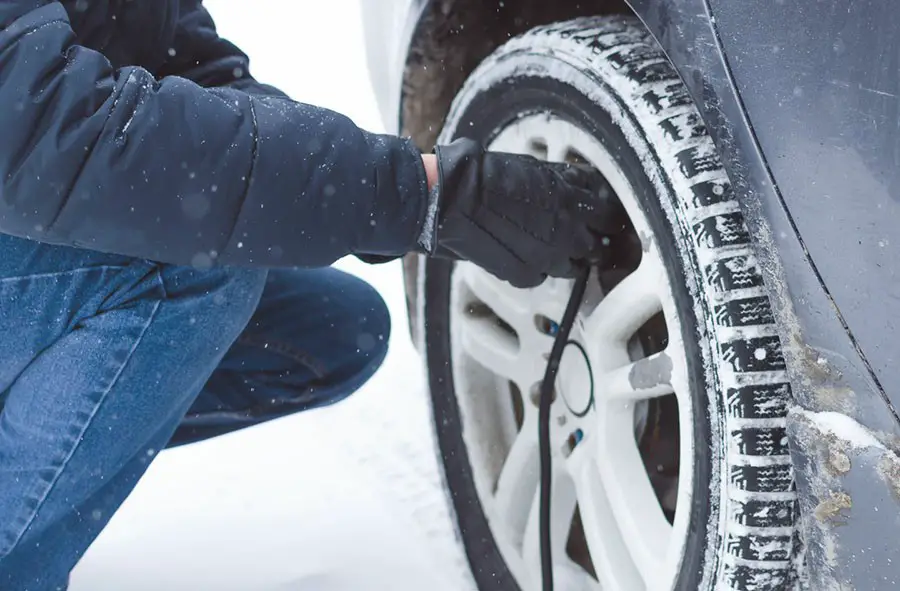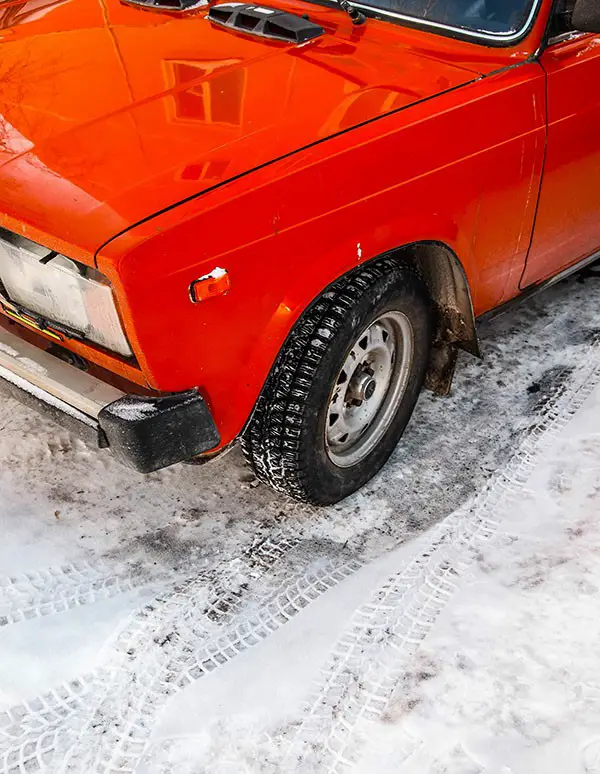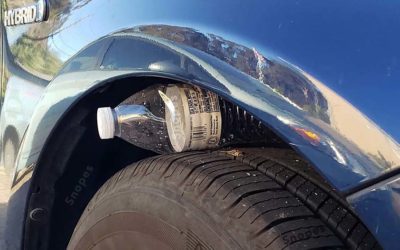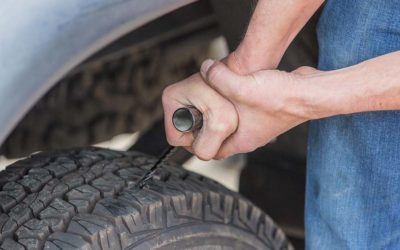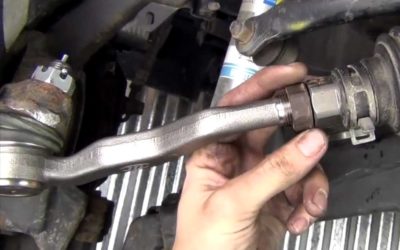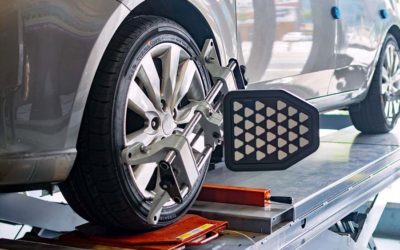As the cold season is coming, winter tire pressure becomes crucial for your cars. This preparation will create smooth trips and give good maintenance for the automobile for a long time, which is a vital base to drive safely.
Want to find out more? We will unleash your curiosity by giving the answers to some popular questions on many car forums. Scroll down to start reading!
Why Do You Need To Check Tire Pressure In Cold Weather?
Tires meeting the correct pressure level year-round will run smoothly and stay out of many troubles. Maintaining appropriate tire compression ensures optimum grip and traction on any surface. In addition, it lessens CO2 emissions and economizes on fuel for your vehicle.
Especially when the weather gets colder and affects the tire conditions , checking pressure is even more important.
How Does Low Temperature Affect Tire Pressure?
There are two major reasons to explain the effect of temperature on tire compression. In particular, when the outdoor temperatures change, so does the tire pressure. This increases air temperature and air compression in tires.
As outdoor temperatures climb, the air molecules expand in tires, come into collision with each other, and move faster around. From that, tire compression will rise and even become over-inflated.
During winter, the air particle compression compacts and contracts, so they stick to each other and move slowly, leading to a fall in air compression and even uninflated conditions.
Based on an array of experiments, most producers estimate that the pressure will lose one PSI for each 10 degrees drop in outdoor temperatures.
If your car has the Tire Monitoring System, the alarming light will notify you when the pressure drops to 25%. This feature is truly helpful for following tire pressure, especially in cold seasons.
How To Check Cold Weather Tire Pressure Properly?
Now, take these step-by-step guides below to check tire pressure correctly and ensure your safety!
Firstly, you need to look through the standard compression for both the rear and front tires. Most automobile’s recommended tire compression levels are displayed on the driver-side interior’s door. Some car versions show this standard index on their fuel door, their trunk lid, or in their console.
Next, on an air valve of a wheel, attach a compression gauge firmly and swiftly for a correct reading. After that, screw the valve cap instantly to prevent leaking any air out.
If these tires have not yet reached the recommended pressure, utilize a compressor to boost them until you get the ideal reading.
It would be best to check this component regularly, about once or twice a month. This frequency only goes up as the temperature outside goes down.
If you notice the following signs, it’s time to check your rubbers:
- The wheels take much more time to stop than when braking.
- They seem flatter than normal.
- Your steering wheel shakes.
See more: Tire Pressure In Summer
What Is The Most Optimum Winter Tire Pressure?
The optimum cold weather tire compression is a typical factor for your tires to run effectively and smoothly on cold days.
To get the ideal cold tire pressure, follow the supplier’s recommendations. Check the typical tire force index on one of the aforementioned places. In case you have lost your guidebook, look for a trusted online channel of an automobile store.
The optimum pressure usually ranges from 30 to 35 PSI. The index is usually 3-5 PSI higher than the normal specification in winter months.
Anything lower will impact on fuel amount and how your car handles. When your tires satisfy the ideal compression, your vehicle will show its optimum feature and performance perfectly.
Until these last words, you have undoubtedly had satisfactory answers to your queries of how to drive safer and smoother in the coming winter!

